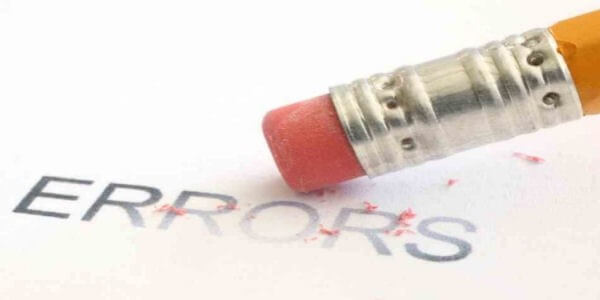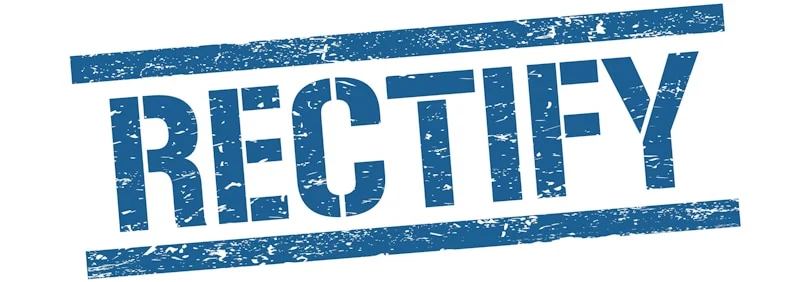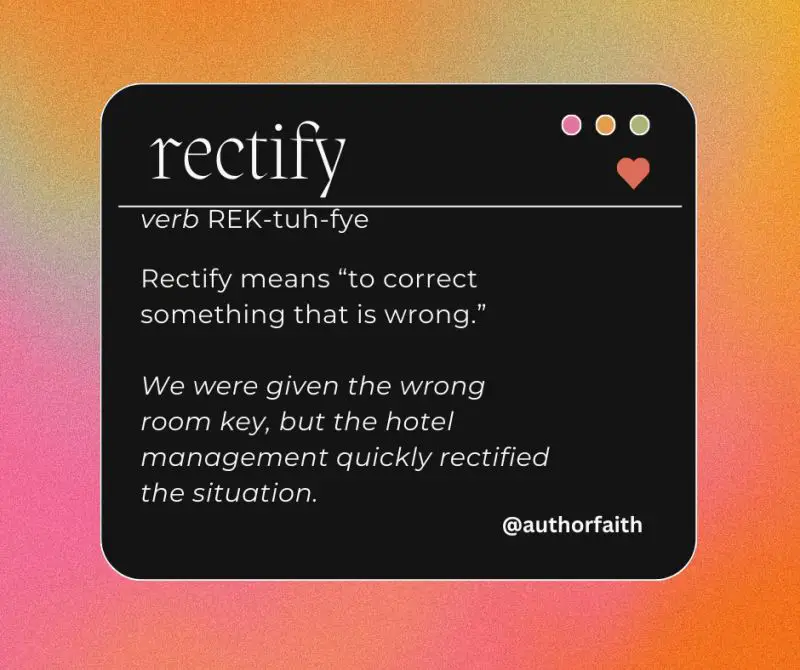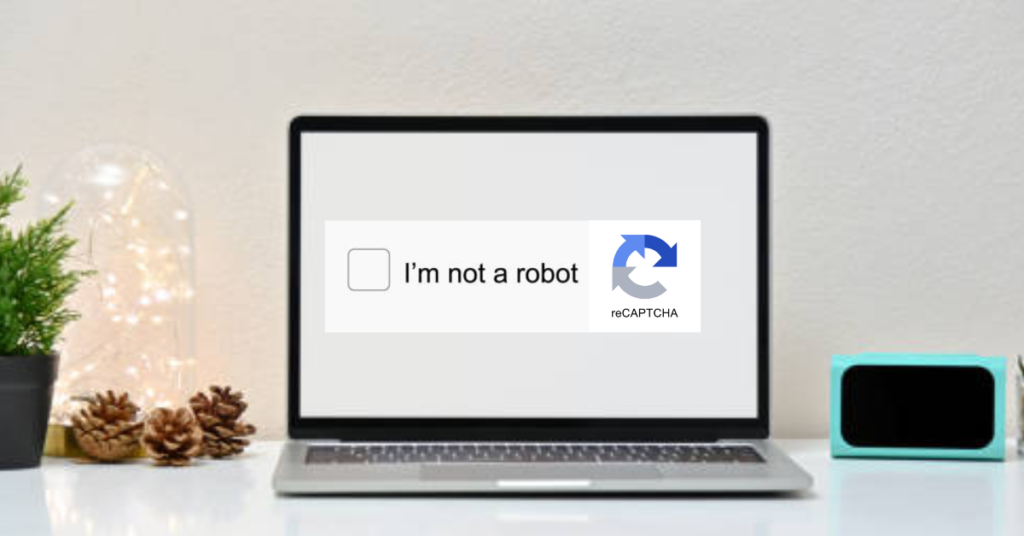rectify meaning Have you ever encountered the term “rectify” and wondered about its precise meaning? The word “rectify” holds significant importance in various fields, rectifying meaning from engineering to everyday language usage. In this article, we will delve deep into the meaning of “rectify,” exploring its origins, usage, importance, and applications across different contexts.
Origins and Etymology
The word “rectify” originates from the Latin word “rectificare,” which means “to make right.” It entered the English language during the late Middle English period, rectifying meaning derived from the Latin roots “rectus” (straight) and “facere” (to make).
Understanding the Primary Definition
At its core, “rectify” means to correct or make right something that is wrong or inaccurate. rectify meaning It involves identifying and addressing errors, mistakes, or deviations from the desired state.
Examples of Usage
In Legal Contexts
In legal terminology, rectify meaning “rectify” is often used to describe the process of correcting legal documents, contracts, or agreements to accurately reflect the intentions of the parties involved.
In Engineering and Science
In engineering and science, “rectify” refers to the process of converting alternating current (AC) to direct current (DC) in electrical circuits, ensuring a unidirectional flow of electricity rectify meaning.
In Everyday Language
In everyday language, “rectify” can be used to describe actions such as correcting rectify meaning errors in a report, fixing misunderstandings in relationships, or resolving disputes fairly.
Synonyms and Related Terms
Synonyms for “rectify” include “correct,” “fix,” “remedy,” “amend,” and “resolve.” Related terms include “rectification,” “correction,” and “adjustment.”
Importance of Rectifying Errors and Mistakes

Rectification plays a crucial role in ensuring accuracy, fairness, and efficiency in various aspects of life. Whether it’s rectifying technical issues, addressing rectify meaning misunderstandings, or correcting personal mistakes, the act of rectification promotes growth and improvement.
Techniques for Rectification
Different fields employ various techniques for rectification. In engineering, rectification involves using diodes or other devices to convert AC to DC. In personalc rectify meaning relationships, rectification may involve open communication, empathy, and compromise.
The Significance of Rectification in Personal Growth
Embracing the process of rectification can lead to personal growth and development. Acknowledging and learning from mistakes, taking responsibility for one’s actions, and making amends contribute to self-improvement and resilience.
Common Misconceptions
One common misconception about “rectify” is that it solely refers to fixing technical or factual rectify meaning errors. In reality, rectification encompasses a broader range of actions, including addressing emotional misunderstandings and moral dilemmas.
Historical Significance
Throughout history, individuals and societies have grappled with the concept of rectification, striving to rectify past injustices, rectify social inequalities, and rectify erroneous beliefs.
Challenges in Rectification
Rectifying complex issues often presents challenges, such as determining the root cause of rectify meaning problems, overcoming resistance to change, and balancing competing interests rectify meaning.
Rectifying Relationships
In interpersonal rectify meaning relationships, rectification involves apologizing for mistakes, forgiving others, and rebuilding trust through genuine efforts to address concerns and improve communication.
The Role of Technology
Advancements in technology have facilitated the rectification process in various fields,rectify meaning enabling faster and more accurate correction of errors, automated data validation, and real-time feedback mechanisms.
Ethical Considerations

Ethical considerations play a crucial role in the rectification process, ensuring that corrective actions are fair, just, and aligned with ethical principles and values.
Conclusion
In conclusion, the concept of rectify encompasses more than just correcting errors; it represents a fundamental aspect of growth, fairness, and improvement in rectify meaning both personal and professional contexts. By embracing the practice of rectification, individuals and societies can strive towards a more accurate, just, and harmonious existence.
FAQs (Frequently Asked Questions)
- What is the difference between rectify and amend?
- While both terms involve rectify meaning making corrections, “rectify” typically implies addressing errors or deviations from the desired state, whereas “amend” suggests making alterations or improvements.
- Can mistakes be rectified?
- Yes, mistakes can often be rectified through acknowledgment, apology, and rectify meaning corrective action.
- Is rectification always possible in relationships?
- While rectifying relationships can be challenging, genuine effort, open communication, and mutual understanding can often lead to resolution and reconciliation.
- How can businesses benefit from rectification?
- By promptly rectify meaning rectifying errors, businesses can maintain customer satisfaction, uphold their reputation, and improve operational efficiency.
- What role does humility play in the process of rectification?
- Humility is essential in acknowledging mistakes, taking responsibility, and demonstrating a willingness to learn and improve.











